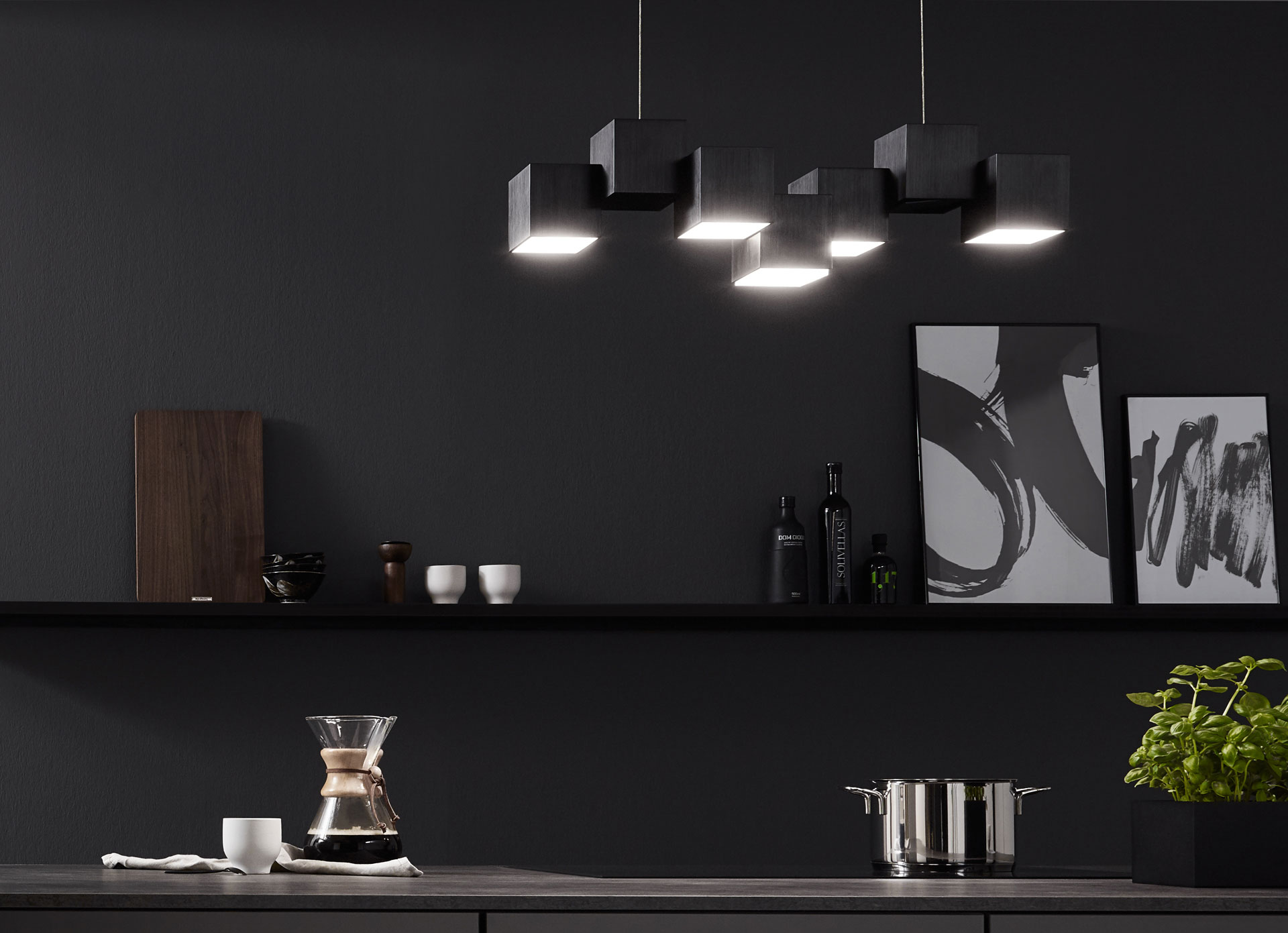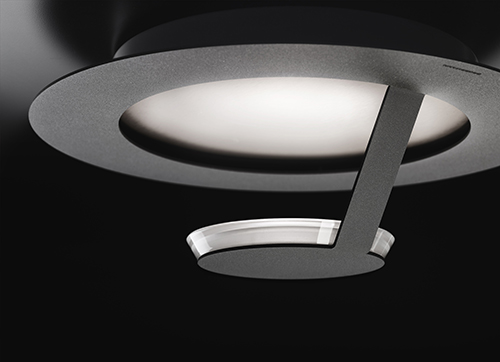
Lighting Quality Features, Part III
Modelling - The play with light and shadow
Rooms that are monotonously and uniformly brightly lit appear uncomfortable. It is only through the interplay of light and shadow that objects can be perceived vividly and the room is perceived as exciting and varied. In the living area, a varied combination of diffuse room lighting with focused, direct light is recommended.
Luminous efficacy and energy efficiency
Energy consumption in residential lighting can be reduced by more than 80 percent with modern LED luminaires and lighting management systems without sacrificing lighting comfort. How energy-efficient a light source is is determined by luminous efficacy. It indicates how much luminous flux (lumen, lm) is generated per watt (lumen per watt, lm/W). Here are a few examples for comparison: halogen lamps achieve up to 18 lm/W, energy-saving lamps 75 lm/W and tubular fluorescent lamps approximately 100 lm/W. The efficiency of LEDs has improved continuously in recent years due to technical progress and will continue to develop in the future. In many applications, LEDs currently already achieve significantly more than 100 lm/W.
More comfort and less energy consumption with modern lighting management
Even within one's own four walls, a lighting management system can greatly enhance lighting comfort and save energy. There is a wide range of options, from simple motion detectors that only switch the light on when it is actually needed (e.g. in the cellar or stairwell) to digital lighting control with daylight utilisation via a BUS system. Some of the current GROSSMANN luminaires already meet these criteria and can be integrated into the smart home via DALI or Zigbee. These products can also be optionally controlled via WIZ or CASAMBI to enable maximum smart control with simple means.

Flickering of light sources
Flickering is a rapidly changing brightness phenomenon and is perceived as very disturbing by the observer. But flicker that is perceived unconsciously can also have an impact on human well-being. Flicker occurs more frequently when LEDs are dimmed, but can be reduced to a minimum with coordinated systems.
© This text is based on content from licht.de
